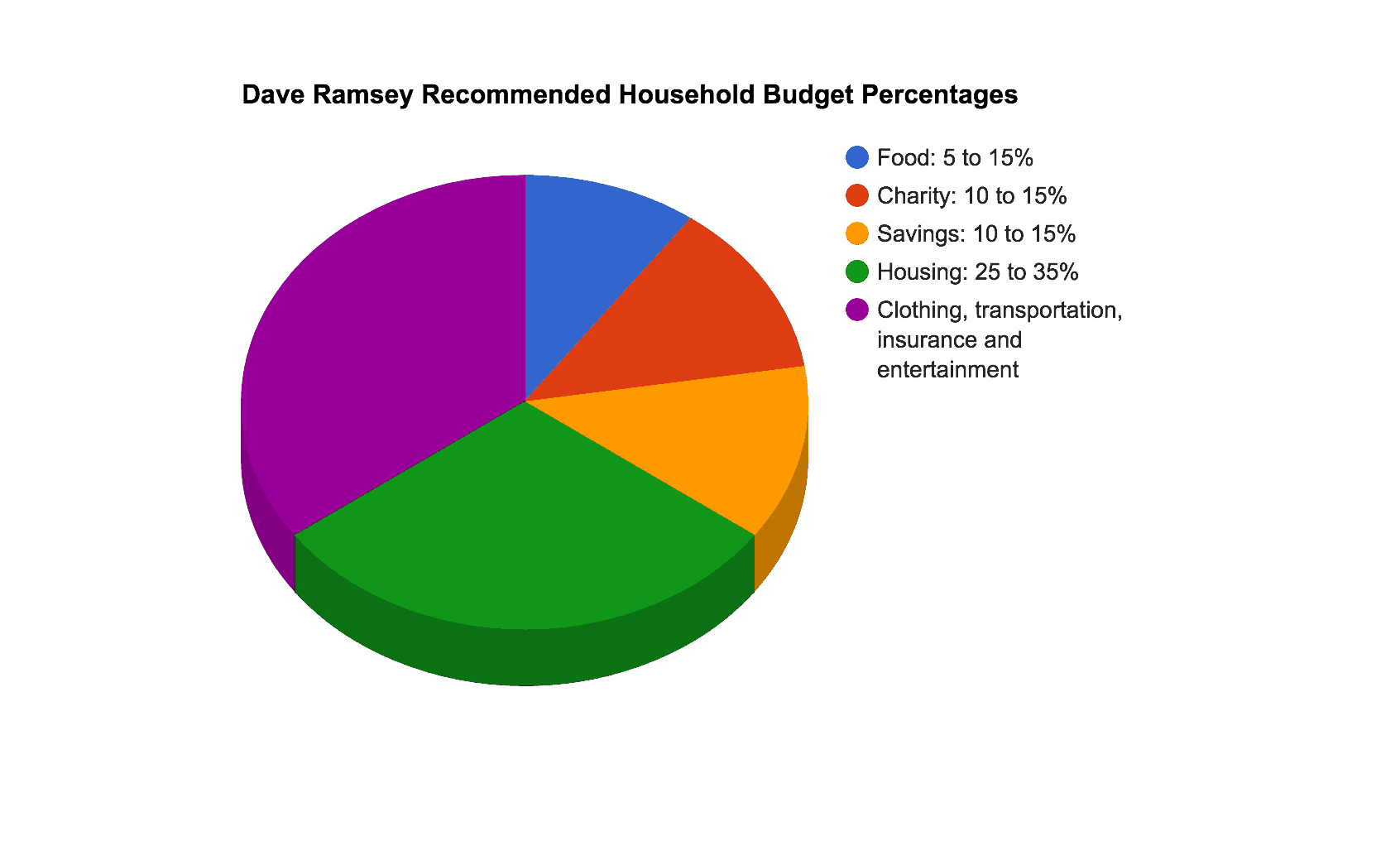

Under the 80-20 plan, you don’t need to divide the money up into categories. That’s the amount you have to spend every month on your regular purchases - groceries, water and electric bills, gas for your car, lunch money and everything else. Another way to simplify your budget involves depositing the first 20 percent of your take-home pay into an investment account - the “don’t touch it account.” Stash the other 80 percent in a checking account. Fun activities, such as dinners out and movies.Short-term savings for more erratic expenses, such as gifts and repairs.Long-term savings for big goals (other than retirement) that require some planning.The remaining 40 percent is broken up into four equal budget categories:

Necessary expenses, such as your mortgage, groceries and insurance, automatically get 60 percent of the family’s take-home pay each month. One simple approach is to break spending into only five categories. Try these three solutions for simplifying your budget: Micromanaging your money can get messy, and if you’re not careful, you’ll wind up driving yourself crazy. There’s a lot to be said for simplicity, especially when it comes to your household budget. Does each family member need a clothing category in the budget, or can you lump everyone’s clothing expenses into a single bucket? Should you separate the non-food items you buy at the grocery store into their own sundries category, or is that overcomplicating things? That’s all well and good, except when the details of your budget get too complicated. When all’s said and done, you should have your expenses covered each month without racking up any debt - hopefully with a little money left over to put into savings. The standard approach to building a household budget is fairly simple: Know how much income you have available to spend each month, determine how much money goes into each spending category (groceries, utilities, housing and so on) and then track these categories regularly to make sure you’re not overspending in one place.


 0 kommentar(er)
0 kommentar(er)
